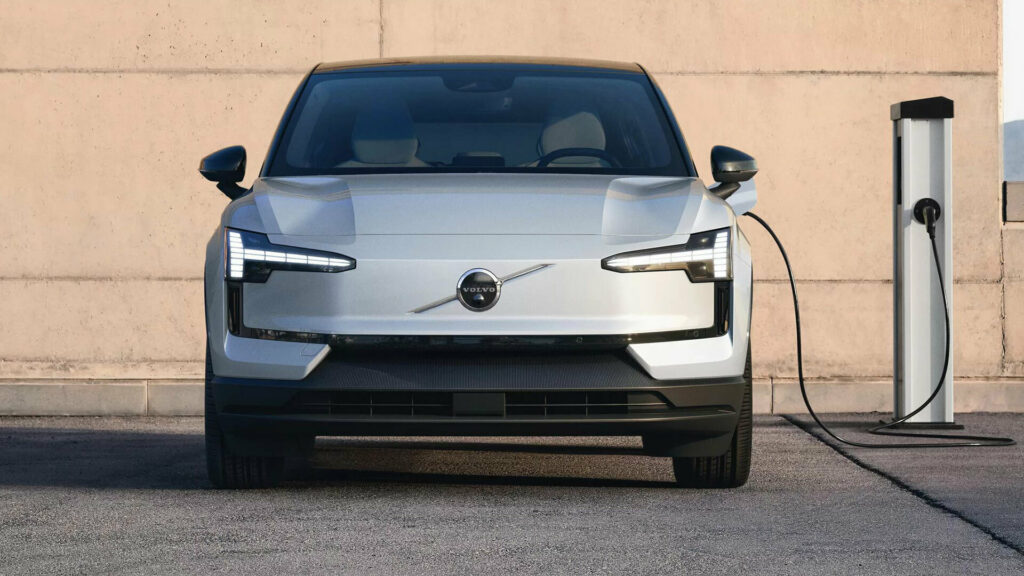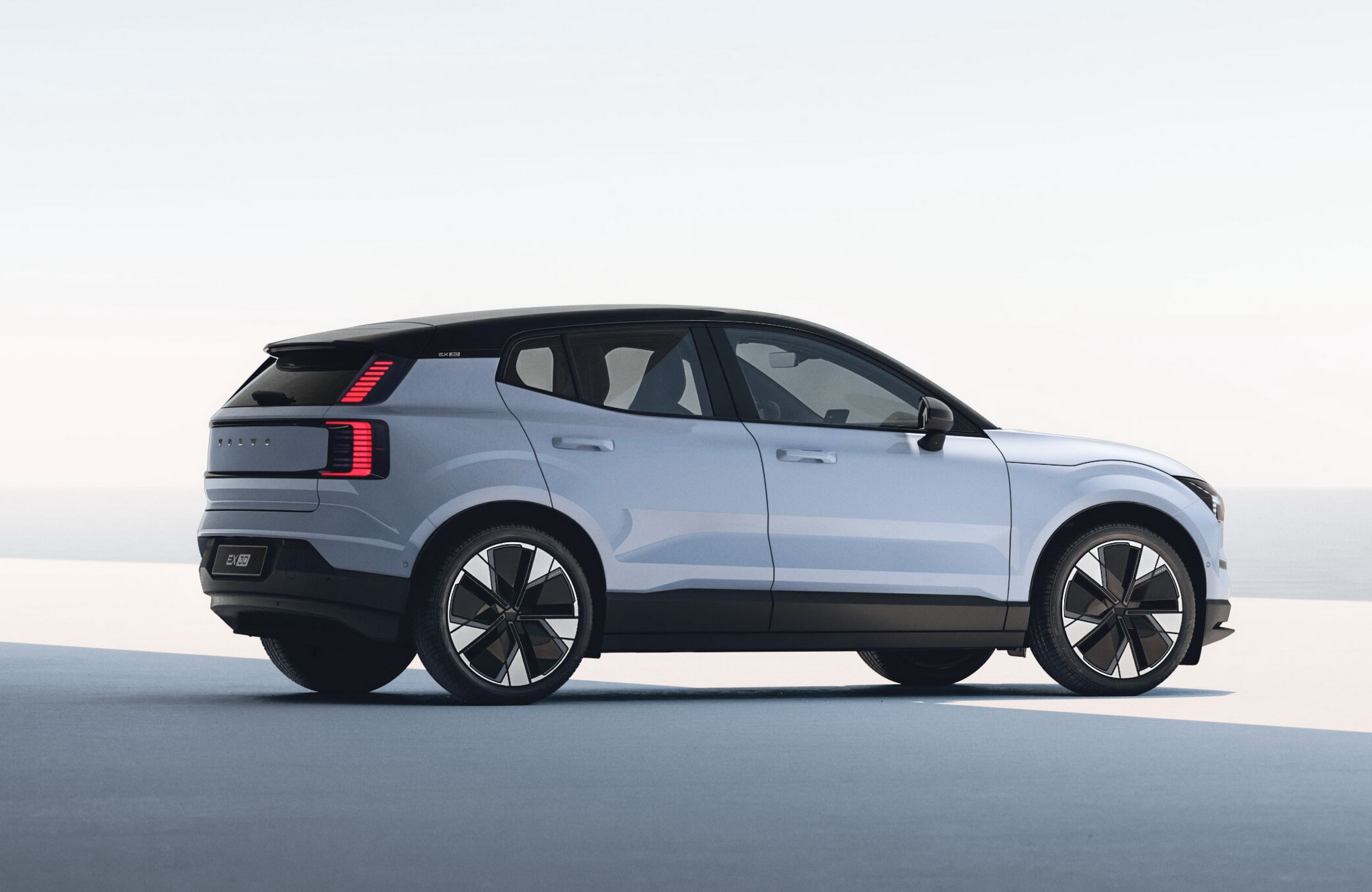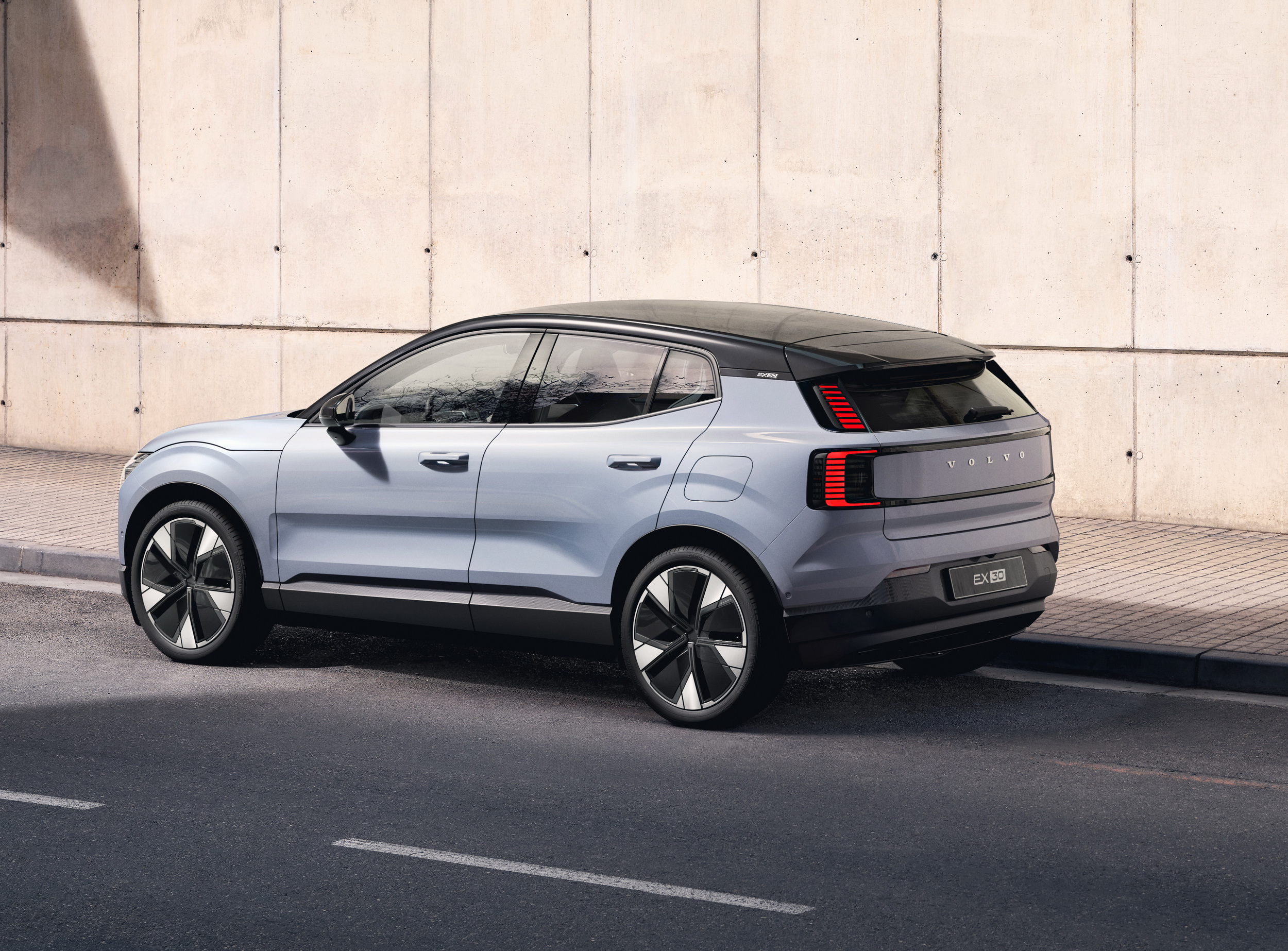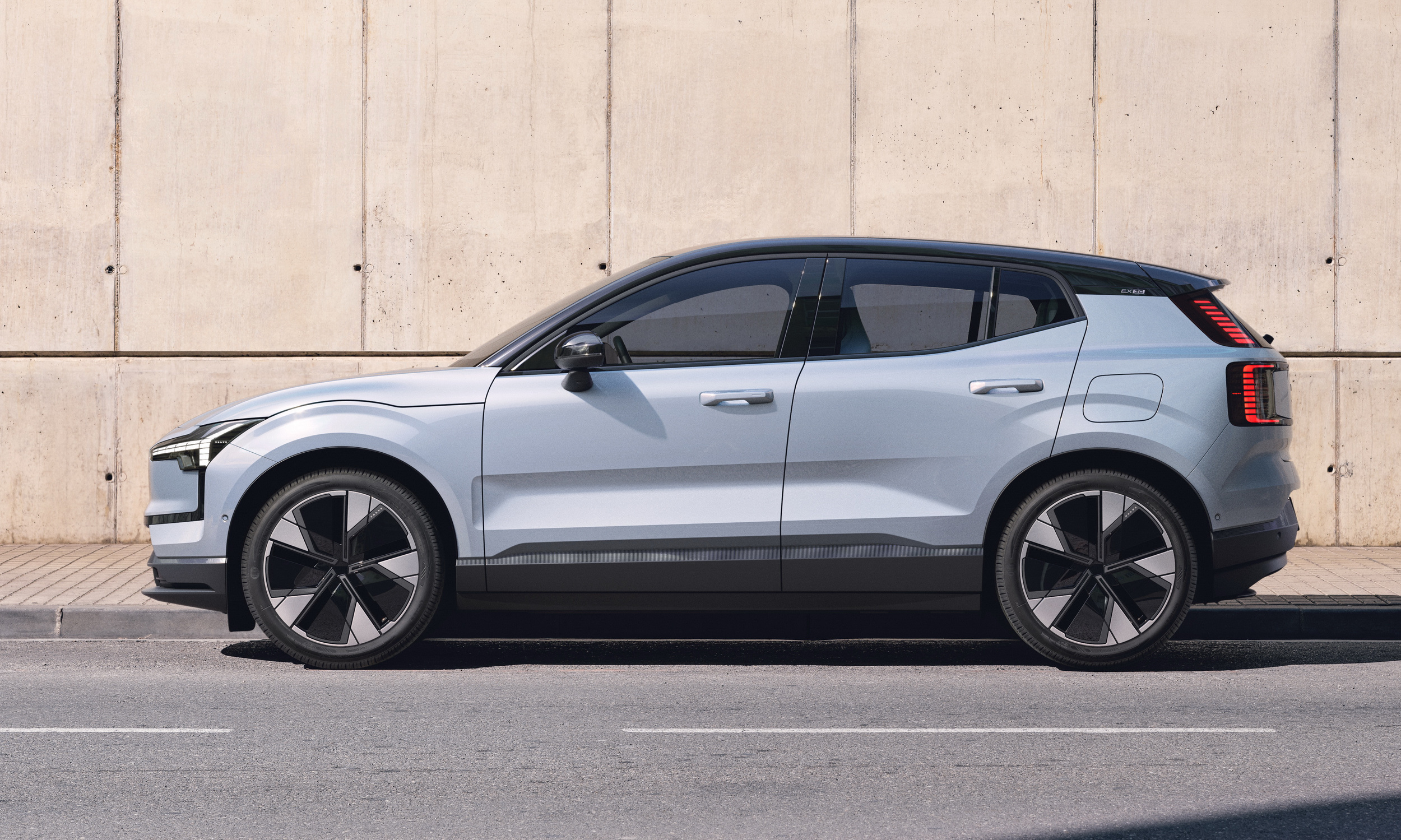The Volvo EX30 has yet to hit the market and already, the Swedish brand has announced that it will start building the EV at its plant in Ghent, Belgium from 2025, in addition to the factory in China where it is already being assembled.
Volvo says it has decided to add a second production facility given the strong demand for the EX30. The move will allow it to quickly respond to the expected high demand for the SUV in Europe as well as for global export. In fact, Volvo is so confident in the EX30 that it believes it will quickly become one of its best-selling models.
“Our ambition is to sell the EX30 around the world at an attractive price point, easing the transition to driving an electric Volvo car for more people while also contributing to company margins,” Volvo Cars chief executive Jim Rowan said. “Adding production in Ghent is a logical move as we aim to capture the strong demand for our exciting small electric SUV across the globe.”
Read: Volvo’s 422-HP Twin-Motor EX30 EV Priced From $46,195
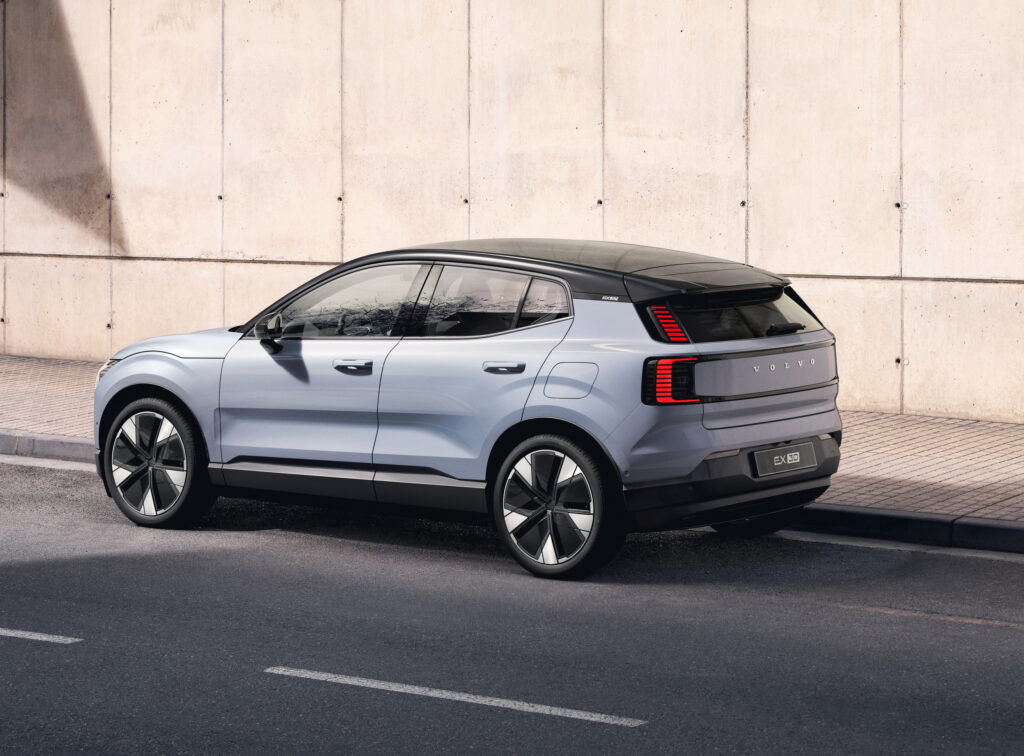
Production of the EX30 started earlier this year in Zhangjiakou, China and the first cars built at this site will reach the hands of customers later this year. Volvo considers the compelling electric SUV as a cornerstone of its plan to sell only battery-electric cars by 2030 and for 50% of its global sales volume to consist of BEVs by 2025. The EX30 will join the XC40 Recharge and C40 Recharge as the carmaker’s third fully-electric model produced in Europe.
U.S. pricing details for the EX30 were announced earlier this month. The entry-level model known as the Core will start at $36,245 and comes equipped with a single electric motor with 268 hp and 253 lb-ft (343 Nm) of torque. It can travel up to 275 miles (442 km) on a charge and the same powertrain will be offered in the single-motor Plus ($40,195) and Ultra ($41,895) models.
Volvo will also sell the EX30 with a dual-motor powertrain. This model will be sold in Plus ($46,195) and Ultra ($47,895) guises and delivers 422 hp and 401 lb-ft (543 Nm) of torque. The added power allows it to hit 60 mph (96 km/h) in 3.4 seconds but reduces the range to 265 miles (426 km).



